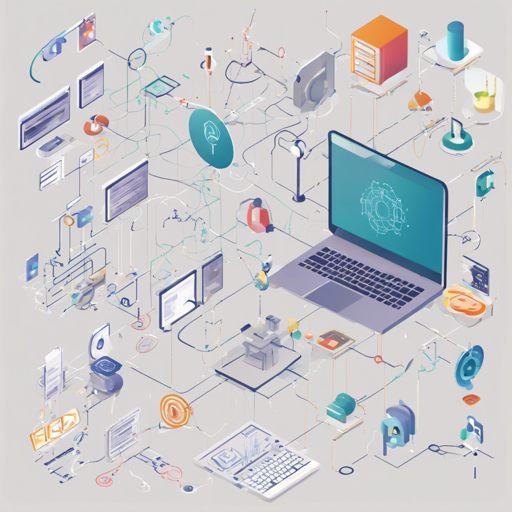The world of chemistry is evolving, and with it, the tools we use to predict the outcomes of chemical reactions. One such innovative tool is the ReactionT5 model, which offers a wealth of potential for forward reaction prediction. This blog post will guide you through how to utilize the ReactionT5 model effectively, ensuring you get the most out of its capabilities.
What is ReactionT5?
ReactionT5 is a pre-trained machine learning model designed to predict the products of chemical reactions. It has been trained on the Open Reaction Database (ORD) and incorporates state-of-the-art mechanisms to assist chemists and researchers in their endeavors.
Getting Started with the Model
To leverage the capabilities of the ReactionT5 model, follow these steps:
- Install the necessary libraries, mainly Transformers from Hugging Face.
- Load the model using the following Python code:
python
from transformers import AutoTokenizer, T5ForConditionalGeneration
tokenizer = AutoTokenizer.from_pretrained("sagawa/ReactionT5-product-prediction")
inp = tokenizer("REACTANT:COC(=O)C1=CCCN(C)C1.O.[Al+3].[H-].[Li+].[Na+].[OH-] REAGENT:C1CCOC1", return_tensors="pt")
model = T5ForConditionalGeneration.from_pretrained("sagawa/ReactionT5-product-prediction")
output = model.generate(**inp, min_length=6, max_length=109, num_beams=1, num_return_sequences=1, return_dict_in_generate=True, output_scores=True)
output = tokenizer.decode(output['sequences'][0], skip_special_tokens=True).replace(" ", "").rstrip(".")
outputUnderstanding the Code: A Simple Analogy
Imagine you are a chef trying to prepare a dish based on a recipe. In this analogy, the ingredients you have (the reactants) are mixed to create a delicious meal (the products). The ReactionT5 model is like your recipe book. You input the ingredients into the book, which then generates a list of possible dishes you can create.
Here’s a breakdown of the code:
- Loading the Tokenizer: Think of the tokenizer as your kitchen knife, chopping the ingredients (input text) into segments that can be processed.
- Feeding the Input: The input string is like your mixed ingredients; it details what you have on hand for cooking.
- Generating Output: This is where the magic happens. The model uses your ingredients to suggest a dish, which ultimately corresponds to the predicted product of the chemical reaction.
Training the Model
The ReactionT5 model was trained using the Open Reaction Database, employing a robust training procedure to ensure its predictions are accurate and reliable. Here’s an example of the command used:
python train.py \
--epochs=100 \
--batch_size=32 \
--data_path=../data/all_ord_reaction_uniq_with_attr_v3.csv \
--use_reconstructed_data \
--pretrained_model_name_or_path=sagawa/CompoundT5Performance Metrics
The efficacy of the ReactionT5 model can be seen in its performance metrics across various datasets, compared to other models. Here’s a snapshot:
| Model | Top-1 [% acc.] | Top-2 [% acc.] |
|---|---|---|
| ReactionT5 | 0.0 | 85.0 |
| CompoundT5 | 88.0 | 92.4 |
Troubleshooting
While working with the ReactionT5 model, you might run into issues. Here are some common troubleshooting tips:
- Model not loading: Ensure all libraries are up-to-date and that the model path is correctly specified.
- Unexpected outputs: This could be due to improperly formatted input; double-check the reactant string you are providing.
- Performance issues: If the accuracy is not meeting your expectations, consider fine-tuning the model with your specific dataset to enhance its predictions.
For more insights, updates, or to collaborate on AI development projects, stay connected with fxis.ai.
Conclusion
The ReactionT5 model opens new avenues for chemists and researchers alike, offering an intelligent solution to predict chemical outcomes. At fxis.ai, we believe that such advancements are crucial for the future of AI, as they enable more comprehensive and effective solutions. Our team is continually exploring new methodologies to push the envelope in artificial intelligence, ensuring that our clients benefit from the latest technological innovations.

